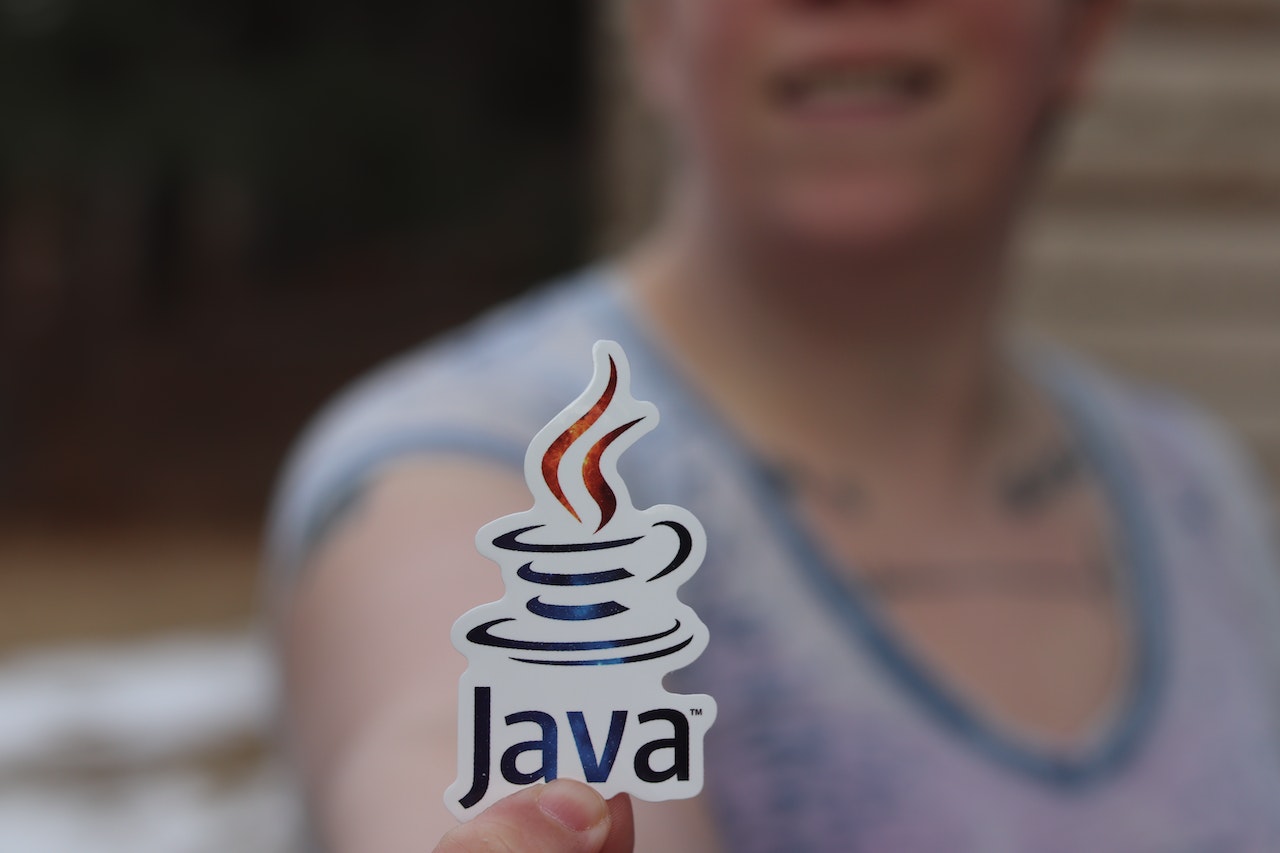
Did you know, as per the U.S. Bureau of Labor Statistics, Java was the most commonly mentioned in developer job postings, with each appearing in over 50,000 job listings?
For your team, you should evaluate a number of abilities if you want to hire a top Java developer.
Your upcoming hire should possess the appropriate technical abilities, soft skills, and values that complement your business culture.
A simple method for assessing the abilities of your applicants is candidate interviews. What if, however, you don't have the appropriate interview questions at this time?
There's no need to worry; in this post, you'll find typical Java 8 interview questions that you can use to evaluate the Java coding abilities and expertise of your applicants.
To create a list of questions, look over the list below.
Before Java 8, everything was primarily object-oriented. Except for primitives, everything in Java was an object.
All method/function calls must be done using objects or class references. Methods/Functions did not exist on their own.
Functional programming was introduced in Java 8. As a result, we can employ anonymous functions. Java is a first-rate object-oriented programming language. Everything in Java, with the exception of rudimentary data types, is an object. An array is also an Object. Every class generates elements. There is no way to define a single function or method that will remain in Java on its own.
There is no technique to send a method as a parameter or return the body of a method for that object.
The most recent version includes:
It is a function that may be referenced and shared in the form of an object. Lambda Expressions provide less writing, allow for the implementation of the Java 8 functional interface, and allow users to encapsulate one behavior unit to pass around to other programs.
Although numerous functional interfaces exist, the following are the ones that users are most likely to encounter:
The interface contains the implementation for the default method. The technique extends an interface with additional functionality while maintaining backward compatibility with classes that currently implement the interface.
A method reference is a Java 8 concept that allows you to refer to a method without having to call it. It is a short approach to expressing Lambda.
Static methods, which include method specification and are executed using the interface's name, are excellent for providing utility methods that cannot be customized.
In Java 8, a new feature called Stream API was introduced. It is a unique class used for handling items from sources like collections.
The interfaces in Java 8 that utilize the keyword "default" are known as default methods. Java 8 now has default methods to provide users with functionality and backward compatibility.
The common line tool that comes with Java 8 is called JJS. It allows for smooth execution of JavaScript code through the console.
Yes, by utilizing ScriptEngineManger, JavaScript code may be simply performed using codebase. In Java 8, this is used to understand the code.
The Java-based engine Nashorn in Java 8 is used to run and evaluate JavaScript code.
The enum ChronoUnits was created to take the place of the Integer values that the former API used to indicate the month, day, etc.
Lambda expressions are only used in the abstract method of the functional interface.
Yes, They certainly can.
It is a static method reference to the String class's function Valueof(). It will return the string representation of the provided argument.
By inspecting each method invocation and related declaration, type inference assists the compiler in determining the parameter types.
The following are the primary API classes:
The stream's components are as follows:
Java is not entirely object-oriented since it uses eight primitive data types that are not objects, such as boolean, byte, char, int, float, double, long, and short.
The StringJoiner class in Java 8 creates a series of characters separated by a delimiter, allowing users to generate strings by passing delimiters such as hyphens and commas.
No, the @Functionalinterface annotation is not required to define a functional interface.
The phrase derives from the words "splittable" and "iterator," and it is a new feature in Java SE 8. Internal iteration is used in the Stream API to iterate streams in parallel or sequential order.
The primary distinction between Map and FlatMap stream operations is that the former wraps its return value within its ordinal type, whilst the latter does not.
The Map and FlatMap stream operations are both intermediate stream operations that take a function and apply it to distinct parts of the stream.
PerGen had a set size and could not grow dynamically, but Metaspace can grow dynamically and has no size constraints.
Yes, we can use a stream to list the numbers and then gather them to set using the Collections.toSet() function to eliminate duplicates.
A predicate is a functional interface that represents a one-argument boolean operation.
BiPredicate is a functional interface as well, but it represents a boolean operation with two arguments.
Consumer
Supplier
Short-circuiting operations are those that do not require the entire stream to be processed to provide a result. For example, findFirst(), findAny(), limit(), and so forth.
Map<String, Long> employeeCountByDepartment=
employeeList.stream().collect(Collectors.groupingBy(Employee::getDepartment, Collectors.counting()));
In Java 8 streams, there is just one sorting operation available, which is sorted (). There are two variations. One accepts no arguments and sorts the components in natural order, while another takes an argument and sorts the elements according to the specified Comparator.
Optional<Employee> seniorMostEmployeeWrapper=
employeeList.stream().sorted(Comparator.comparingInt(Employee::getYearOfJoining))
.findFirst();
Use the code segment:
List<Integer> numbers = Arrays.asList(3, 2, 2, 3, 7, 3, 5);
IntSummaryStatistics stats = integers.stream().mapToInt((x) −> x).summaryStatistics();
System.out.println("Lowest number in List : " + stats.getMin());
Optional has the following benefits.
A functional interface was introduced in Java 8. Because a functional interface can only include one abstract method, they are referred to as SAM, or "Single Abstract Method."
It is a reference to a static method of the String class, namely the function valueOf() { [native code] } method.
Java is referred to as platform-neutral due to its byte codes, which may execute on any system regardless of its underlying operating system.
There are several skills to consider when hiring top talent for a Java developer position, but don't be terrified.
All you need is a leading skills assessment platform like Test2Hire and the Java code interview questions in this post to create your skills assessment.
Hire incredible talent by asking the right Java 8 interview questions and browsing Test2Hire's test collection for the most trustworthy, expert-crafted skills assessments. Hiring does not have to be challenging!
Enroll for free now and start making better recruiting decisions faster and without bias.





